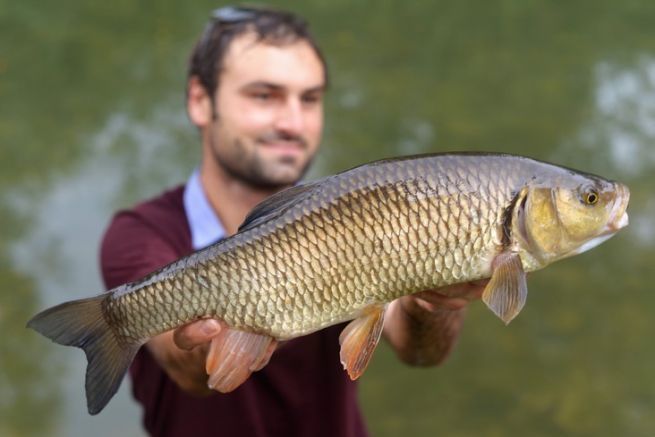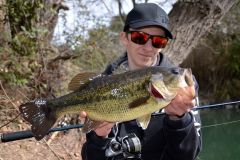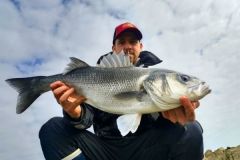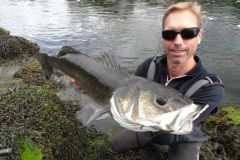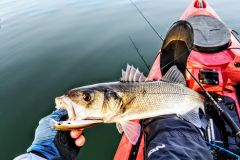Why summer?
Summer is a great time for sight-fishing. Low water levels, clear water and blue skies make it easier to spot fish in the water. There's often less wind to skim the surface of the water, making it harder to see the fish. What's more, fish are particularly active near the surface. They feed on numerous insects, aquatic larvae, terrestrial insects, fruit, rodents and amphibians.
It's also possible to combine fishing with a trip to the water's edge. After all, you need to get out and about a lot to increase your chances of spotting a fish. It's often possible to walk in the water upstream or to swim in order to spot or observe, with a mask, areas where fish are concentrated...
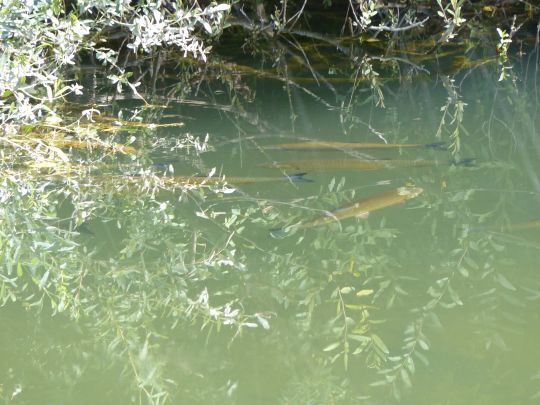
What is sight fishing?
Sight fishing, as the name suggests, involves visually spotting a fish. The approach is rather different from classic lure fishing, where the lure is cast and reeled in, hoping for a touch that will be felt through the line and rod. When sight-fishing, we often scour the ground, not prospecting with a lure, but carefully scanning the surface until we spot a silhouette that betrays the presence of a fish. As a result, casting is relatively infrequent, as you only linger on the fish you spot.
If the density of fish is not high, or if the positions where the fish gather are far away, it is not uncommon to walk or sail several hundred meters before triggering a cast. Sight-fishing also allows you to optimize your fishing and only cast once a fish has been spotted. You don't have to waste time combing a crowded, difficult and inaccessible spot if you haven't seen a fish.

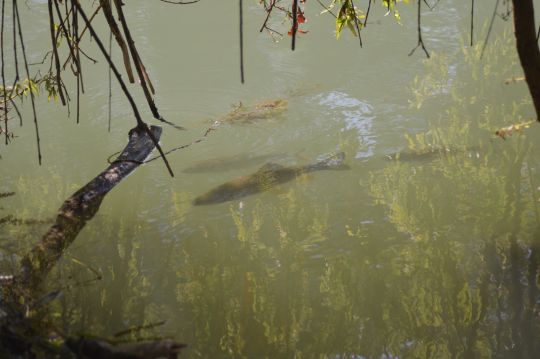
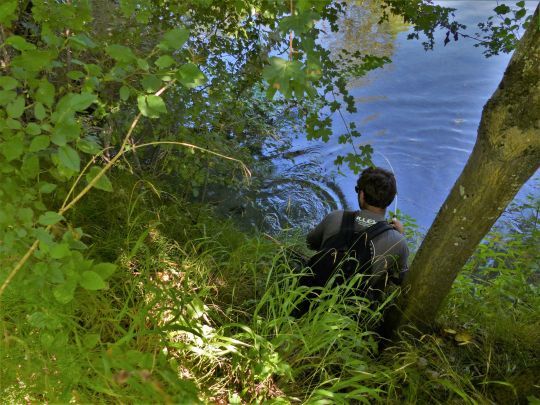
Adapted equipment
This is subtle, fun fishing that demands attention and precision. The equipment used is light. More on this later. When sight fishing from shore, the use of a landing net is almost indispensable. Sight fishing really comes into its own when you're out and about on banks with dense vegetation and inaccessible banks. The landing net is then a considerable asset for catching fish when access to the water is not easy.
In addition to the approach, the fishing gear must also be adapted. Polarized sunglasses are a must. Firstly, to protect your eyes in summer and avoid straining your vision, but also, and above all, because polarized lenses eliminate a large proportion of reflections on the surface of the water. They offer higher-contrast vision, and make it much easier to spot fish by better distinguishing their silhouette from the substrate or the color of the water. Wearing a cap or visor also provides protection from the sun and prevents some of the sometimes annoying reflections on glasses.
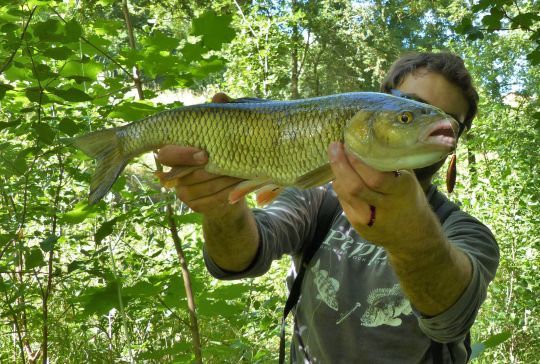
When sight-fishing from shore, you have to walk a lot and watch out for fish. A simple, lightweight shoulder bag or backpack and a few boxes of lures are all you need. You don't want to overload yourself so that you can move comfortably.
As I said in my introduction, one of the keys to successful sight-fishing is to see the fish without letting them spot you. So you'll need to wear discreet, even "camouflage" clothing to blend in with the surroundings. A pair of walking shoes and a pair of pants that won't get dirty (jeans that won't scratch brambles, for example) will be ideal to complete the outfit.

 /
/ 


